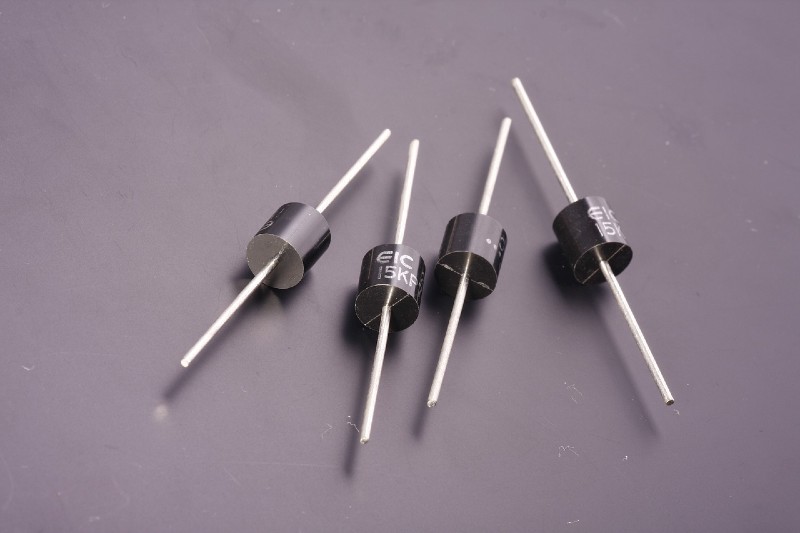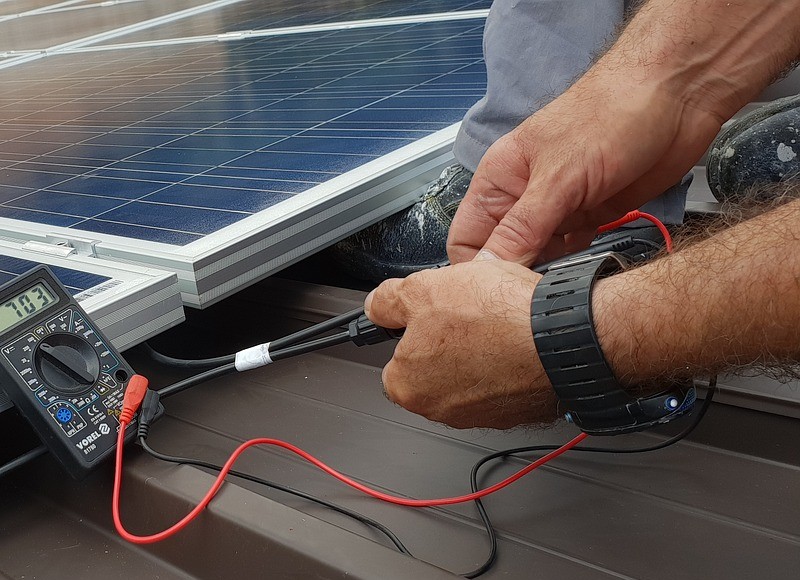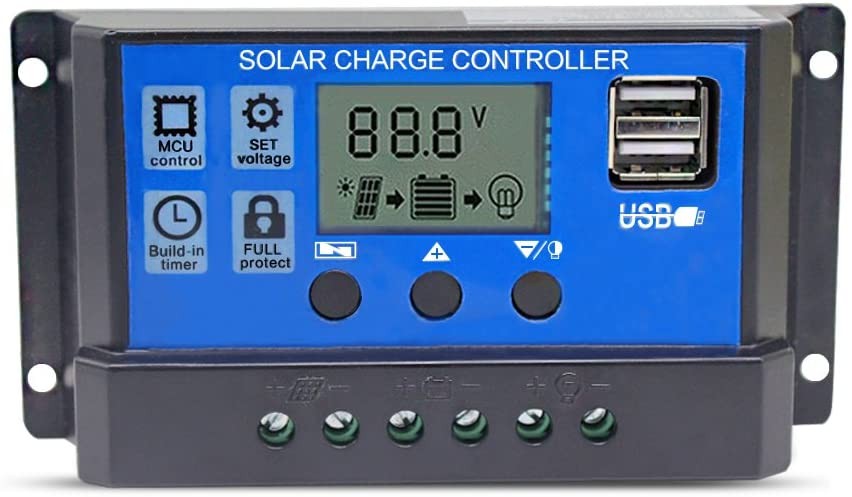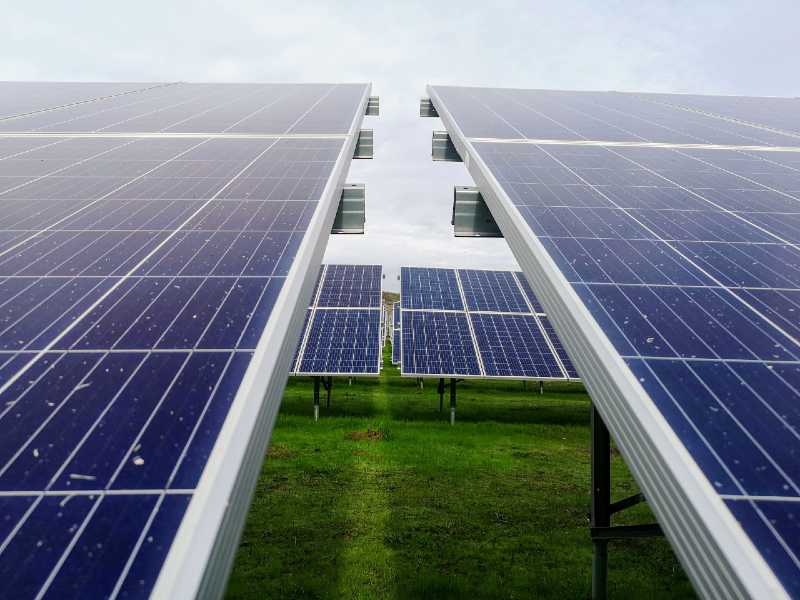As our planet grapples with the dire consequences of climate change, every action counts.
Transitioning to solar energy not only reduces your carbon footprint but also aligns with global sustainability goals.
But how many panels are needed to make a significant impact for a home using 2,000 kWh per month?
Generally speaking, a typical home in the United States needs around 44 panels to generate 2,000 kWh per month.
In this article, I’ll walk you step by step through the process of calculating how many solar panels you need to generate 2,000 kWh per month.
Key Takeaways
- To determine the number of solar panels you need, calculate the peak sun hours in your area as this affects the solar system’s electricity production.
- Calculate the system’s theoretical size; for instance, in California, 174 peak sun hours per month require an 11.5 kW system for 2,000 kWh.
- Adjust the theoretical size to account for real-world conditions, including system losses like shading and inverter inefficiencies, which are typically around 14%.
- Determine the total number of solar panels by dividing the adjusted system size by the wattage of the chosen panel.
- Consider the economic implications, where an 18.3 kW system costs around $35,484 after tax credits, potentially saving over $64,116 in 25 years.
How to Calculate the Number of Solar Panels You Need?
1. Find out the Peak Sun Hours in Your Area
The amount of electricity the solar panel produces depends on the number of direct sunlight hours it receives.
However, the solar irradiance is not uniform throughout the day.
Sometimes it can reach 300W/m², 500W/m², or even 1,000W/m² per hour.
So we use what is called peak sun hours to calculate the total amount of electricity produced by the solar system.
Simply put, peak sun hours refer to how many hours per day a certain area receives direct sunlight every hour at an irradiance rate of 1,000W/m².
For example, if the solar system receives 4,000W/m², this means the peak sun hours per day are 4.
Without going into too much detail, you can use this calculator to find the peak sun hours per day in your area and multiply it by 30 to get the number of peak sun hours per month.
I live in California, so I’ll use the 5.8 peak sun hours per day for this example which is about 174 peak sun hours per month.
2. Calculate the Theoretical Size of Your Solar System
Now that we know the peak sun hours in our area per month (174 hrs), we can calculate the theoretical size of the solar system that produces 2,000 kWh per month.
To determine the size of your solar system, you can use the equation below:
The Solar System Size (kW) = Electricity Usage (kWh) / Peak Sun Hours per Month (hrs)
So, for a 2,000 kWh per month solar system:
Solar System Size (kW) = 2000 kWh /174 hrs = 11.5 kW
But, this is just a theoretical size of the solar system under ideal conditions, we need to adjust this size for system loss factors.
3. Factor in System Losses
Any solar system experiences many losses, such as shading, thermal losses, and inverter losses.
These losses reduce the total energy production of your system, so you need to account for them when sizing your solar system.
On average, solar system losses are about 14% of total energy production.
So if you’re generating 2,000 kWh per month theoretically, the real-life production would be around 1,720 kWh per month.
To account for the losses in our example, you need to multiply the theoretical size of your solar system by 1.14:
The Real Life Solar System Size (kW) = Theoretical Solar System Size (kW) x 1.14
So, for this example:
Real Life Solar System Size (kW) = 11.5 kW x 1.14 = 13.11 kW
4. Find the Total Number of Solar Panels
Solar panels are rated by their wattage output, usually ranging from 250W to 400W.
The solar panel wattage refers to the amount of electricity it can produce every peak sun hour.
For example, the 300W solar panel generates 300W/m² for every hour of 1,000W/m² irradiance it receives.
To calculate the number of solar panels you need for your system, we need to know the wattage of the solar panel you’re using.
Most residential solar installers use 325W or 300W solar panels, but we’ll use a 300W rating for this example.
Now we can calculate the total number of solar panels required for our system:
Number of Solar Panels = Real Life Solar System Size (kW) / Rated Panel Wattage (kW)
For this example:
The Number of Solar Panels = 13.11 kW / 0.3 kW = 43.7 solar panels
You’ll have to round it up which means you need 44 solar panels in total for your 2,000 kWh per month system.
How Much Does a 2000 kWh Solar System Cost?
The average price of solar in the US is about $2.77/W before tax credits.
For an 18.3 kW solar system, the cost would be about $50,691.
After the federal tax credit which is about 30%, the price of your solar system would be around $35,484.
How Much Money Will a 2000 kWh Solar System Save Me?
A 2,000 kWh solar system can save you more than $64,116 for 25 years.
To calculate your specific savings, follow this formula:
Total Electricity Produced (kWh) = Electricity Produced per Month x 12 x Solar System Lifespan (25 years)
Savings ($) = Total Electricity Produced (kWh) x Price per kWh ($) – System Initial Price ($)
In our example, the total electricity produced would be:
2,000 kWh x 12 x 25 years = 6,000,000 kWh
If your electricity rate is $0.166/kWh, then the total savings would be:
6,000,000 kWh x $0.166 – $35,484 = $64,116
FAQs
How Many Solar Panels Does It Take to Produce 1000 kWh per Month?
To produce the desired amount of electricity each month, you would need approximately 22 300W solar panels.
How Many Solar Panels Do I Need for 2500 Kwh?
To produce the desired amount of electricity each month, you would need approximately 55 300W solar panels.
How Many Solar Panels Do I Need to Produce 1500 kWh per Month?
To produce the desired amount of electricity each month, you would need approximately 33 300W solar panels.
Conclusion
As promised, we’ve covered the essential steps and calculations needed to estimate the number of solar panels required to meet specific energy needs.
But here’s a thing: while the numbers give you a ballpark estimate, the real power lies in customization.
Your home isn’t just another statistic; it’s unique.
So, consider getting an energy audit to understand your actual consumption patterns.
Pairing this insight with our calculations can fine-tune your solar investment, ensuring you get the exact number of panels you need—no more, no less.






